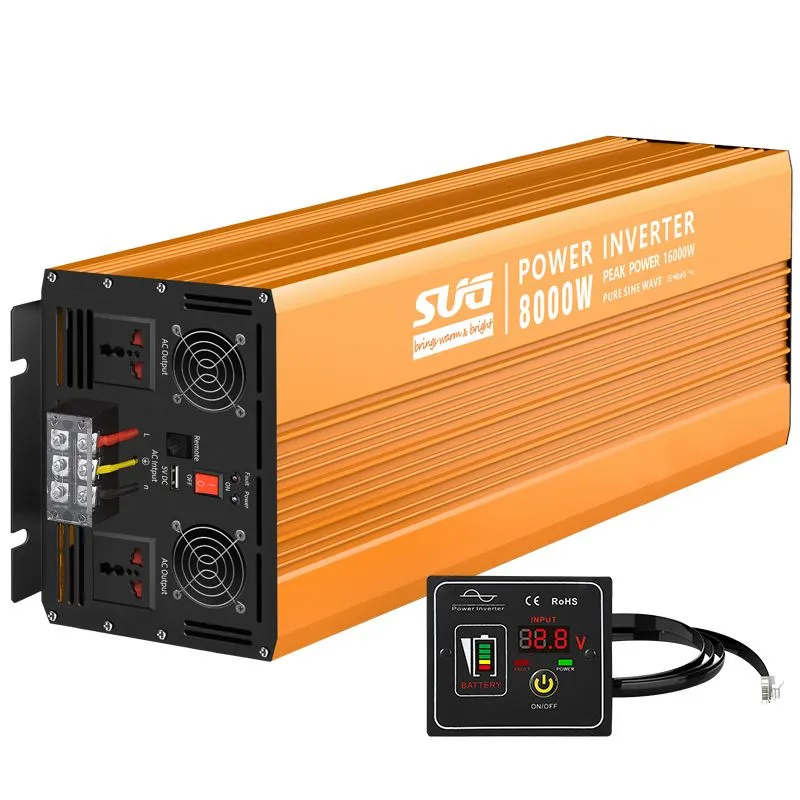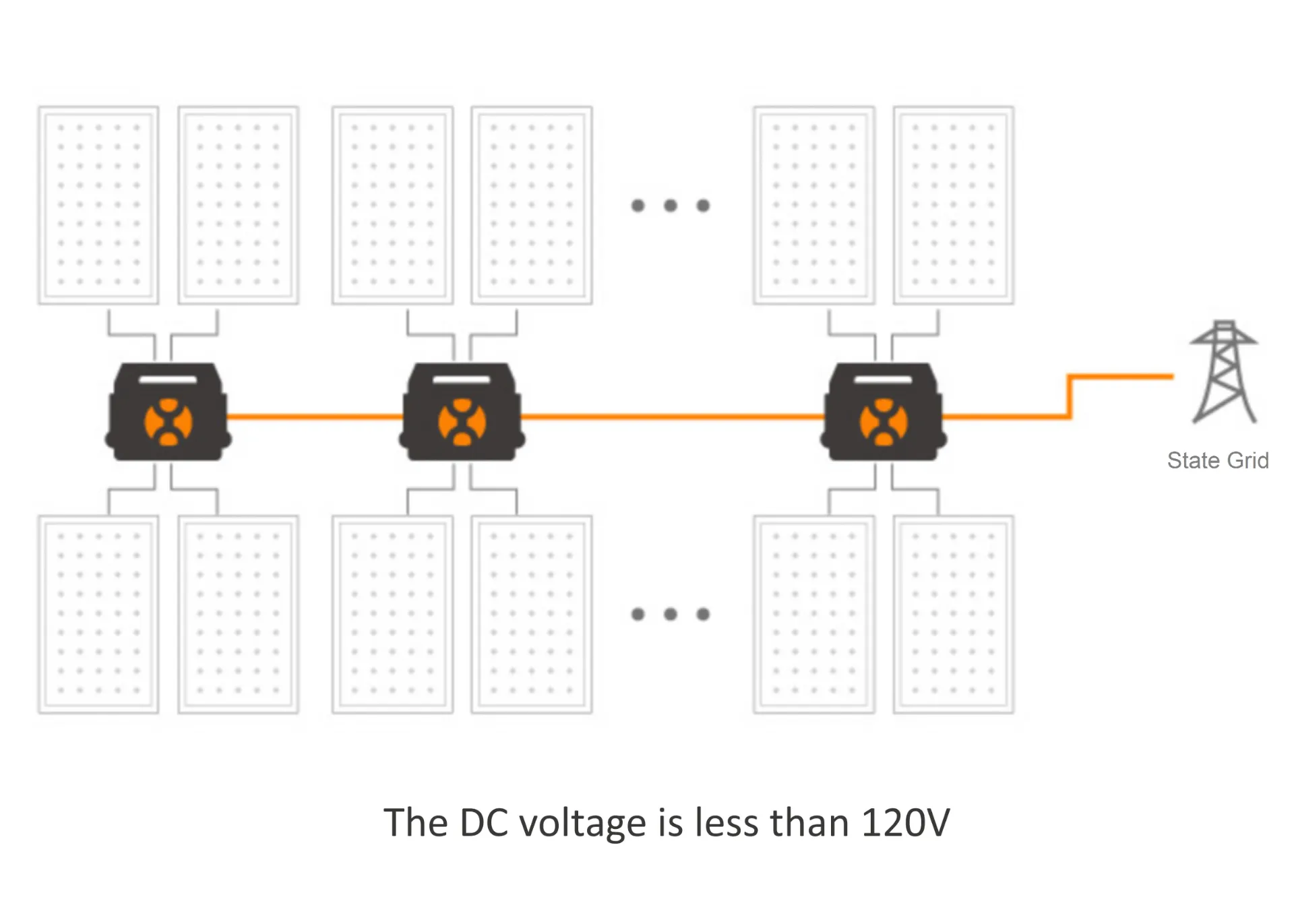Bifacial Solar Panels Double-Sided Efficiency & Cost Savings SolarTech
- Industry Growth & Performance Advantages of Bifacial Technology
- Technical Specifications: Bifacial vs Monofacial Modules
- Top Manufacturers: Efficiency & Warranty Comparison
- Cost-Benefit Analysis: Installation & LCOE Breakdown
- Custom Solutions for Vertical Mounting Configurations
- Case Study: 20MW Agricultural-Photovoltaic Project
- Future Applications of Bifacial PERC Solar Panels

(bifacial solar panels)
Why Bifacial Solar Panels Are Redefining Energy Harvesting
The global bifacial solar panel market is projected to grow at 16.2% CAGR through 2030 (Wood Mackenzie), driven by their unique ability to capture both direct and albedo irradiation. Unlike conventional modules, bifacial designs leverage rear-side light absorption from surfaces like concrete (25% albedo) or grass (18% albedo), delivering 11-23% higher energy yield according to NREL field tests.
Technical Superiority in Modern Solar Arrays
Advanced bifacial PERC (Passivated Emitter Rear Cell) technology achieves 21.8% conversion efficiency in commercial modules, compared to 19.5% for standard monofacial units. Key innovations include:
- Double-glass encapsulation (3.2mm + 3.2mm)
- Transparent backsheet alternatives
- Smart gap optimization (0.8-1.2m ground clearance)
Manufacturer Performance Benchmarking
| Brand | Bifaciality Factor | Wattage (W) | Degradation Rate |
|---|---|---|---|
| LONGi Hi-MO 5 | 75% | 540 | 0.45%/yr |
| Jinko Tiger Neo | 80% | 620 | 0.40%/yr |
| Trina Solar Vertex | 70% | 670 | 0.55%/yr |
Financial Considerations for Commercial Deployment
While vertically mounted bifacial solar panels
command 8-12% premium over fixed-tilt systems, their land-use efficiency (2.1MW/ha vs 1.4MW/ha) reduces balance-of-system costs. Typical LCOE comparisons:
- Utility-scale monofacial: $24.7/MWh
- Bifacial single-axis: $21.3/MWh
- Vertical bifacial: $28.9/MWh (ideal for space-constrained sites)
Adaptive Solutions for Diverse Environments
Custom engineering enables bifacial optimization across applications:
- Cold climates: 30° tilt with 1.5m snow clearance
- Desert installations: Anti-abrasion coatings (0.3mm thickness)
- Floating systems: 85% light transmission pontoons
Real-World Implementation: Netherlands Agri-PV Project
A 20MW vertical bifacial array in Lelystad demonstrates dual land use:
"Our 4m row spacing allows full crop cultivation while generating 43,000MWh annually - 38% more than conventional solar farms on equivalent land area." - Project Manager, Vattenfall
The Evolutionary Path of Bifacial PERC Solar Panels
With TOPCon cell integration pushing efficiencies beyond 23% and new IEC TS 60904-1-2 certification standards, bifacial solar panels are transitioning from niche product to mainstream solution. Recent advancements in selective emitter technology have reduced PID (Potential Induced Degradation) to <2% after 3,000 hours of testing, ensuring long-term reliability for next-generation installations.

(bifacial solar panels)
FAQS on bifacial solar panels
Q: What are the advantages of vertically mounted bifacial solar panels?
A: Vertically mounted bifacial solar panels maximize ground space usage, capture sunlight from both sides, and perform well in snowy or reflective environments by generating energy from reflected light.
Q: How does the cost of bifacial solar panels compare to traditional panels?
A: Bifacial solar panels typically cost 10-20% more than monofacial panels due to advanced materials, but their higher energy output can offset the initial expense over time.
Q: What is bifacial PERC technology in solar panels?
A: Bifacial PERC (Passivated Emitter and Rear Cell) solar panels use a rear-side passivation layer to enhance light absorption and efficiency, boosting energy generation from both sides.
Q: Are vertically mounted bifacial panels suitable for residential use?
A: Vertically mounted bifacial panels are ideal for limited spaces like fences or balconies but require specific alignment for optimal performance, making them less common in standard residential setups.
Q: Do bifacial solar panels require special maintenance?
A: Bifacial panels need regular cleaning to maintain rear-side light capture and occasional checks for ground reflectivity, but their maintenance is similar to traditional systems.
-
Smarter Solar: Why Bifacial Panels Are the FutureNewsMay.14,2025
-
Smarter Solar Starts with MicroinvertersNewsMay.14,2025
-
Revolutionary Solar Solutions - Powering Your Future SustainablyNewsMay.14,2025
-
Power Smarter: The Heart of Your Solar SystemNewsMay.14,2025
-
Power More with Growatt String InvertersNewsMay.14,2025
-
Power Freedom with Off-Grid Solar InvertersNewsMay.14,2025







